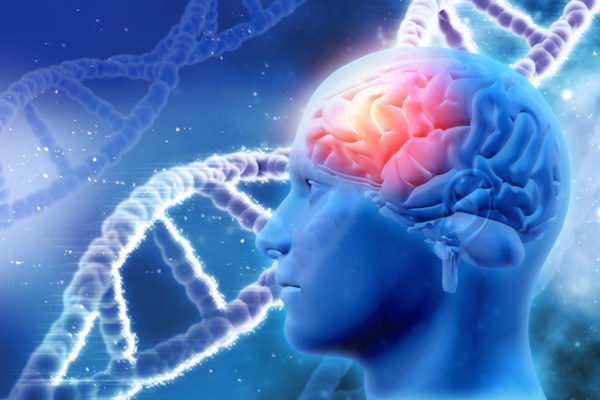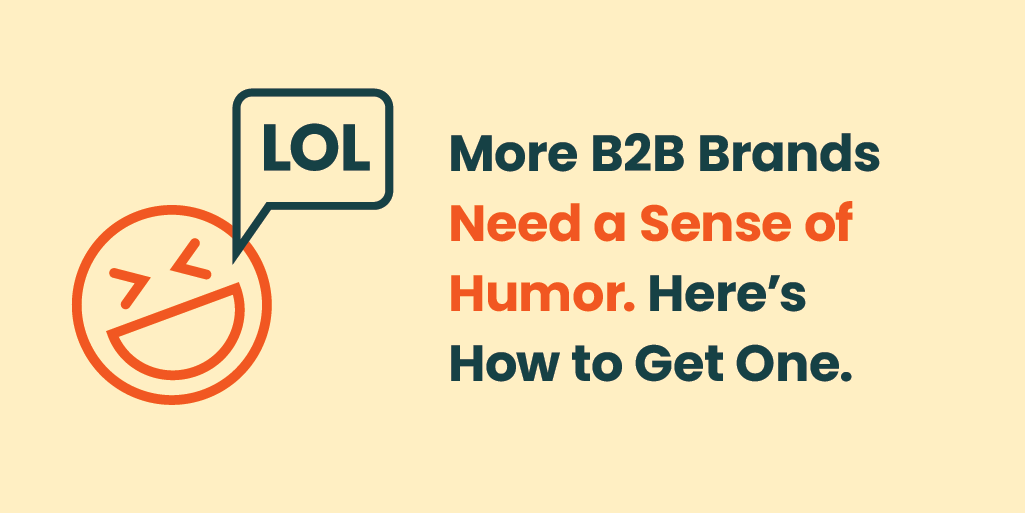Storytelling is important – it captures attention and drives action.
Humans are hardwired to focus on stories, not facts. When we hear or watch a story, it triggers increased blood flow to multiple areas of our brains. Our brains recognize the narrative and start to react as if the action was happening to us. Ever been to a movie and felt your heart racing during the car chase? You’re having a physiological response, not because your body needs that flight-or-flight adrenaline, but because your brain can’t differentiate between story and reality. This is called empathetic transportation – not only has the story captured your full attention, but it has engaged you so much it triggers neurological and physical responses.
If we as marketers, want to engage our audiences, we need to capture their attention. When we are presented with dense, factual information, only two areas of our brains are used to process it – those associated with language comprehension and processing (Wernicke’s area and Broca’s area). The assimilation of complex information is a resource-intensive task, which means we can’t keep it up for long. Ever feel tired or fall asleep during a lecture at university? Yep – not your fault.
When we listen to stories however, multiple areas of our brain are engaged. The sensory cortex and cerebellum process the textures of our surroundings and sensations of the characters, the motor cortex engages for the physical movement, the olfactory cortex processes the smells, the visual cortex handles colors and shapes and the auditory cortex interprets the sounds. Engaging many areas of the brain increases the chances of continued attention and empathetic transportation.
Not only do stories increase our attention, they also change our behavior. They do this by stimulating the release of chemicals in our brains. For instance, the neurochemical oxytocin, which encourages empathy and kindness, is released during character-led stories. The effects of the oxytocin continue even after the story finishes, and have been proven to increase generous behaviors, such as donations to charity. The lesson here is when you need to encourage activities such as cooperation, volunteering, or donations – a heartfelt story beforehand will help.
Other neurochemicals released during storytelling include cortisol, which is a stress hormone released during the tense episodes. Cortisol encourages focus, so we can deal with the tense-making situation. So if you want to make sure you have your audience’s attention, and for them to focus on a particular element, increasing tension will help. Many corporate narratives lack any form of tension – just an emotionally linear snoozathon about their journey to inevitable success.
Want the audience at your next presentation to be positively disposed towards you and your brand? Well a happy end to the narrative arc will trigger the limbic system to release dopamine, which is a reward chemical. It’s the same one that drugs, such as cocaine and MDMA, influence to stimulate feelings of happiness and contentment. So leave your audience on a literal high.
Need a bit more proof that the right story can increase attention and change outcomes? Of course you do. In the video below is a little story about two-year-old Ben, who sadly has cancer and the challenges his father faces playing with him, when he knows he’ll soon die.
Notice how engaging the story is and the impact it had on donations made by viewers after the story was finished. Compare that with the linear story of Ben and his father visiting the zoo and seeing the animals, which has no tension or narrative structure. That story yielded lower donation rates. Most company stories are like Ben and his dad at the zoo. In the war for attention, brands often bombard their audiences with information without regard to a narrative structure. Then they wonder why no-one is listening.
Here’s a good summary by Melcrum, a CEB company:

But should your brand itself be the hero? After all we like to personify brands, give them characteristics, a voice and personality. We’re trying to get our audience to empathize with the brand, so personification makes intuitive sense. Well the science says maybe not.
Carolyn Yoon, an associate professor of marketing at the Stephen M. Ross School of Business at the University of Michigan looked into how our brains respond to people and to brands. In her 2006 study, Yoon showed that the area of the brain which processes information about people is the medial pre-frontal cortex. Whereas the brain considers brands to be objects, and processes that information in the left inferior pre-frontal cortex. Your brain isn’t tricked by the personification of brands – they are simply objects.
“People talk about brands like they are people, as if they have a personality, but our brain imaging shows us that people aren’t really seeing brands as personalities. We may need to rethink the metaphor,” Yoon says.
We’re gradually understanding more about the power of storytelling on our behavior. What’s clear is that humans are constantly looking for stories as a means to learn and make sense of the world. There are roughly six main types of narrative structure (rags-to-riches, tragedy, overcoming a challenge, rise and fall, fall-rise-fall, rise-fall-rise). When we hear or watch a story with these arcs, we pay attention, and we even start to empathize and ‘relive’ the events. Good stories release chemicals in the brain, such as oxytocin, which not only affect our mood, but also change our behavior. Neuroscience research indicates there’s a direct link between stories and business outcomes.
DOWNLOAD OUR FREE GUIDE: 50 WAYS TO MAKE YOUR MARKETING MORE CREATIVE
About the Author
Morgan McLintic is the founder and CEO of startup marketing agency,Firebrand. Firebrand works with early- and late-stage startups to help raise awareness and drive demand. It does this through integrated programs involving PR, content marketing and digital marketing. The firm was recently recognized as the Boutique Agency of the Year by the PRSA (Public Relations Society of America) and awarded Gold Winner of theB2B PR Campaign of the Year by The Drum. Firebrand works with startups in sectors spanning fintech, cybersecurity, AI/ML and infrastructure such as Emburse, Human Interest, Planful, Weaviate and Yubico.
Prior to Firebrand, Morgan was the founder in the US of LEWIS, a global communications firm, which grew to $35m in revenues and 200+ staff in the US, and $75m with 600 staff globally. He has over 30 years' tech experience, both consumer and B2B. At LEWIS, Morgan led the acquisition of three companies - Page One which was integrated and rebranded as LEWIS Pulse; the Davies Murphy Group, a 65-person PR and marketing consultancy; and Piston, a 50-person full-service digital advertising agency.
Morgan has been a speaker at events for AlwaysOn, Holmes Report, MIT / Stanford VLABs, OnHollywood, PR News, PRSA, Social Media Club, Social Media World Forum, Venture Capital and Private Equity Group, and WITI. PRWEEK named him to its Global PR Powerbook in 2015 and 2016.
Follow Morgan onLinkedIn, tune into theFiredUp! podcast, or explore his latest posts onFirebrand’s blog.




